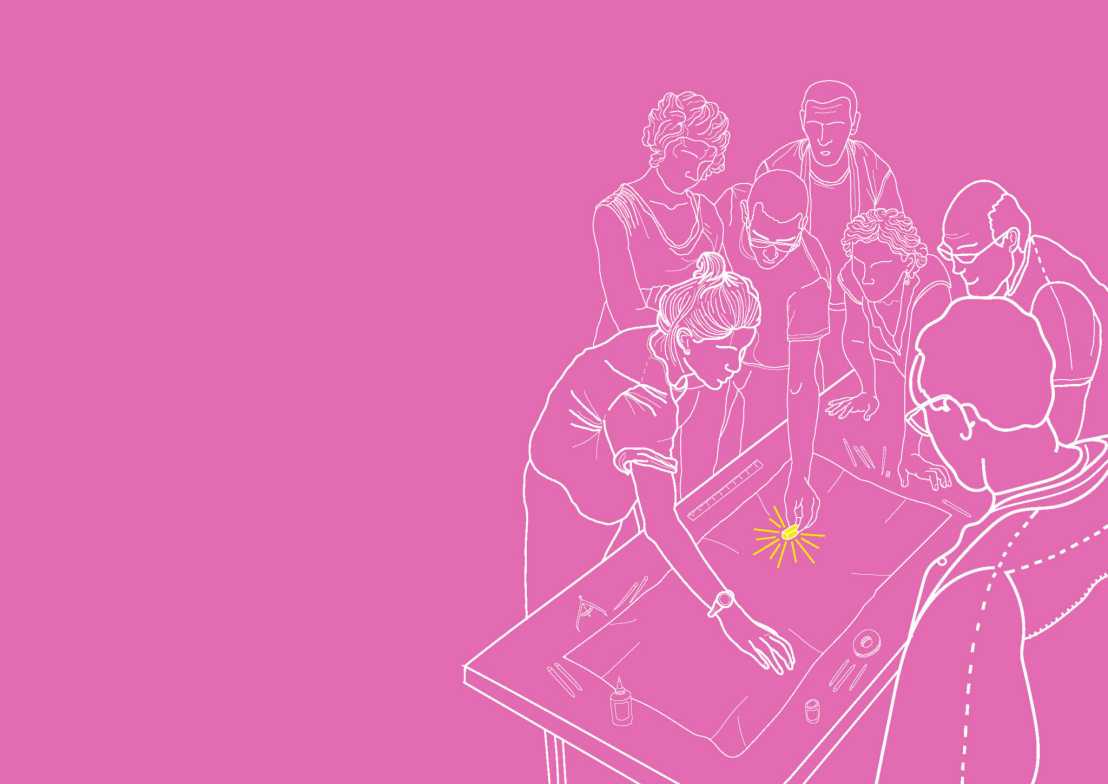Flood Risk Mitigation in Humanitarian Settlements

Contact:
Dr. David Kostenwein
Prof. David Kaufmann
Focus Country: Republic of Congo (ROC)
As of mid-2024, there are an estimated external page 120 million forcibly displaced people worldwide. This number is expected to rise due to the changing climate, with refugee camps likely to expand. At the same time, climate change increases the frequency and intensity of natural hazards, putting refugee settlements at particular risk. That is due to their precarious socio-spatial situation, often featuring remote locations and temporally built structures fueling the socio-political vulnerabilities of the displaced residents. Managing the risk from natural hazards is, therefore, essential to ensure sustainable and safe settlements.
In the face of these challenges, the Humanitarian Planning Hub at SPUR and the Chair of Planning Landscape and Urban Systems (PLUS) at ETH Zürich collaborate with external page UNHCR and the Swiss Development Cooperation (SDC) through the external page Geneva Technical Hub to develop a toolbox for flood risk reduction with the aim of supporting field staff in identifying and mapping flood risks for refugee settlements. The tool comprises an easy-to-use GIS (geoinformation system) tool, an online learning platform with guidance on flood risk mitigation measures and local risk data collection methods. For more information on the toolbox, visit: external page www.humanitarian-risk.org.
In close collaboration with the regional, national and international UNHCR focal points, this pilot project seeks the comprehensive implementation of the toolbox in Betou refugee settlement in the Republic of the Congo, including a) in-depth participatory workshops to improve collection of local risk data and knowledge and b) on-site training workshops. This forms the basis for a scientifically sound evaluation and improvement of the toolbox and its further dissemination.
Project partners: external page UNHCR